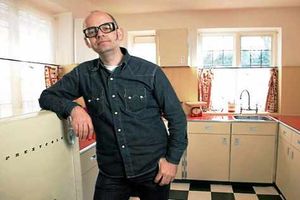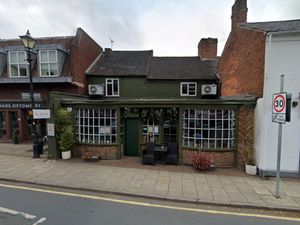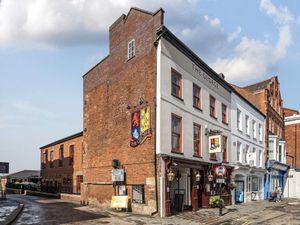The House the 50s Built - TV review
For the people who lived through it the 1960s is often seen as the most revolutionary decade in British 20th century life, writes Tim Spiers.

For the people who lived through it the 1960s is often seen as the most revolutionary decade in British 20th century life,
.
But while The Beatles, hippies, LSD and mini-skirts all played their part in shaping the Britain we know today, less thought of is the domestic revolution which occurred a decade earlier.
The House the 50s Built (Channel 4) attempted to shed light on this, giving a light-hearted and informative slant on how housewives' lives were improved tenfold by miraculous new chore-saving devices such as washing machines, kettles and toasters.
Yes, feminists should look away here.
The 50s were a decade when women were still expected to "know their limits", as Mr Cholmondley-Warner would say, and there are patronising examples aplenty on show.
None more so than a magazine article entitled New Kitchen Built to Fit Your Wife, which painstakingly explains the significance of moving the cooker closer to worktops in order to save valuable time.
It's the sort of condescending guff which would have Germaine Greer whipping off her bra and burning in no time at all, but thankfully times have changed.
And look past the archaic feminism viewpoints and there are some fascinating points made in The House the 50s Built, the first of a four-part series which focused entirely on the kitchen.
There to guide us through the process was Professor Brendan Walker, an experimental engineer who bears a striking resemblance to Wayne Hemingway and The Gadget Show's Jason Bradbury (in that he's slight, follicly challenged and wears fancy bins).
His mission was to explain how a drab, dull kitchen in the post-war 1940s became a shiny, sparkly, colourful one in the 60s, with Britain seeking comfort in the stability of family life after the war.
Inspired by science and technology, the kitchen was augmented by things we all take for granted today.
Through the decade out went the free-standing sink, the laundry mangle and the food-storing larder, with designer worktops, washing machines and fridges changing how we lived forever.
Many were luxury items, with a food mixer costing £20 (at a time when the annual average salary was £300), but they all saved time and energy.
So housewives who worked 75-hour weeks before the domestic 50s revolution were given more time to be, well, feminists.
But the most enthralling aspect of The House the 50s Built was the science – and the inventors – behind the changes.
We heard how Ken Wood, of – you guessed it – Kenwood fame became a millionaire after making gadgets including an invention for mincing (don't ask).
And then there was the tale of Clarence Birdseye (personally this made the show for me as I had no idea there was a real Captain Birdseye) who produced an early version of a freezer after the fish he caught in the Arctic tasted much better cooked from frozen.
Other inventors to get a mention were toaster impresarios Mr Morphy and Mr Richards, as well as electric kettle fans Mr Russell and Mr Hobbs, while the non-stick Teflon pan got a bizarre test run in an experiment with a slippery gecko called Graham.
Yes it was certainly a golden age for domestic appliances and, while Professor Walker gets far too excited than anyone ever should do about kitchens, it makes you truly grateful for the items we're all now so dependant on.
And after being shown the true horrors of a larder, I'll never look at a fridge in quite the same way again.





